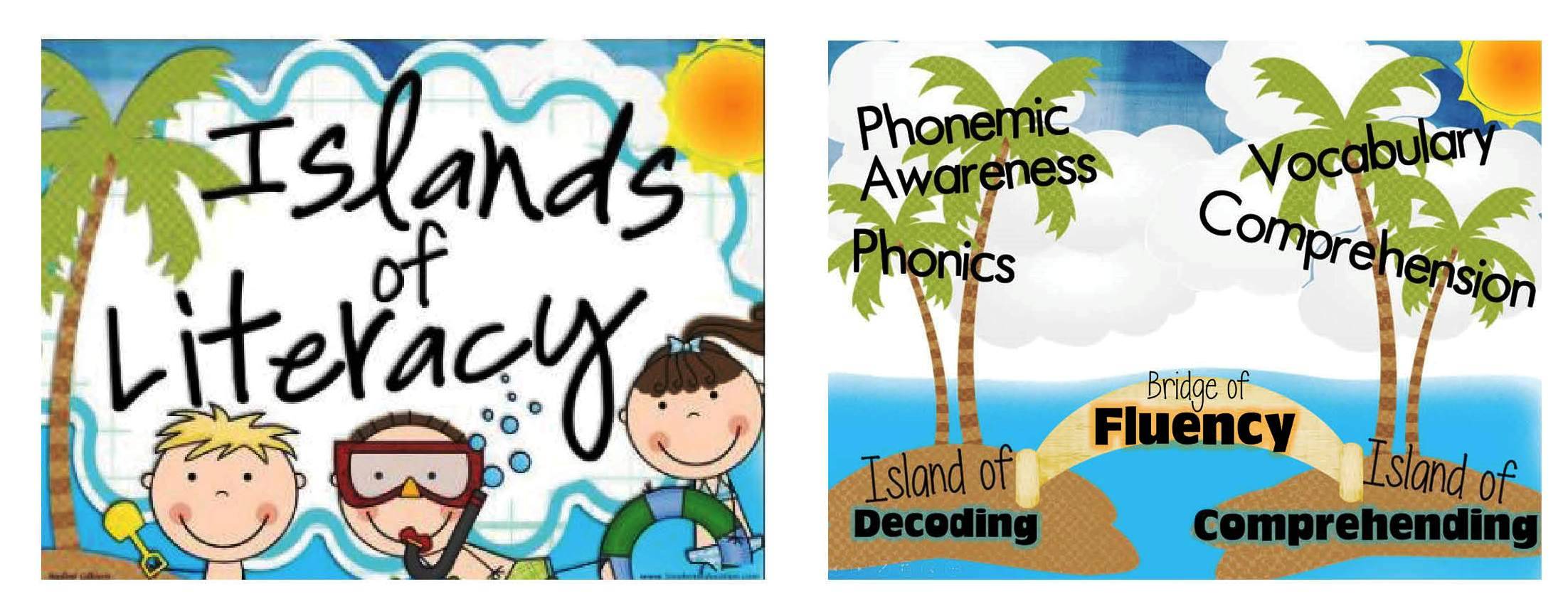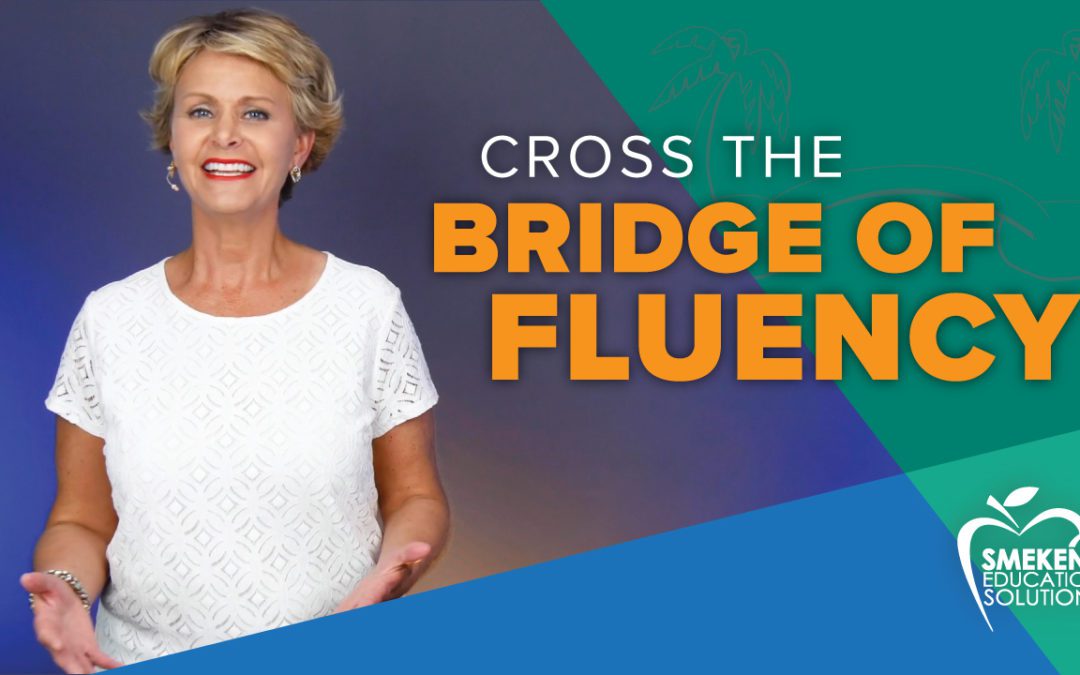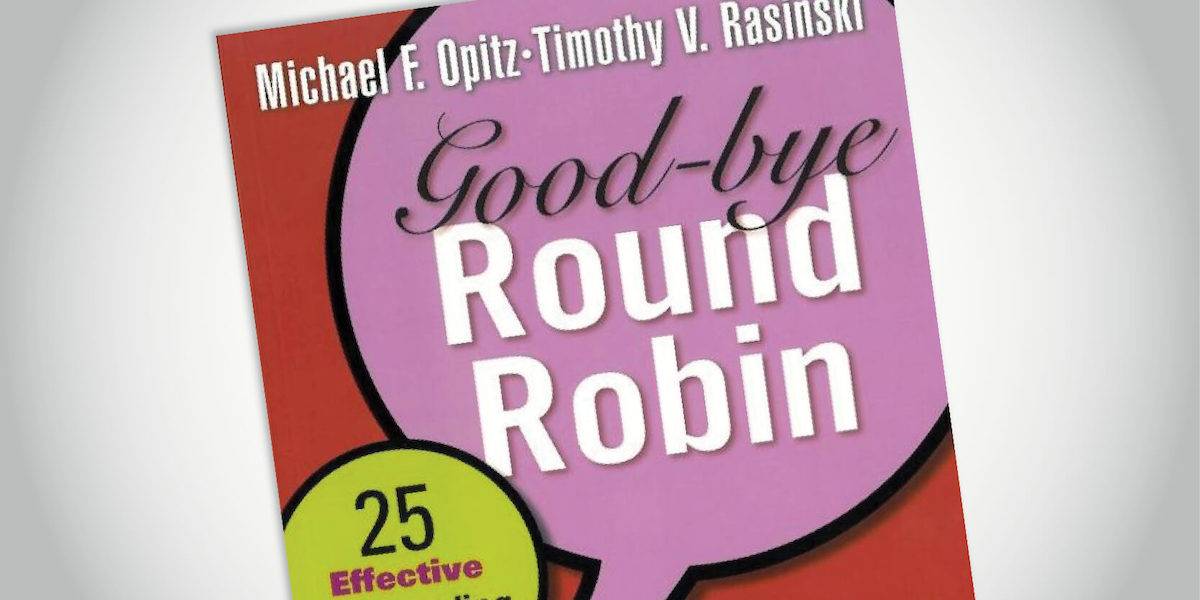Learning Center
Reading
Cross the Bridge of Fluency
May 6, 2019
Fluency sometimes gets pushed down the priority list in the conversations about science of reading. However, with a true and deep understanding of its impact on comprehension, it is clearly a pivotal and essential facet of building readers.
Initial reading instruction supports students’ abilities to decode words (i.e., phonemic awareness and phonics). This is the ability to pronounce words based on the sounds the letters make. Kids at this stage live on the Island of Decoding.
Although this is a natural starting point, the ultimate goal is to move all students to the Island of Comprehending. Decoding words alone doesn’t define reading; students must also think about the words they are pronouncing. This is what leads to comprehension.

Nadine Gilkison’s PPT on the Islands of Literacy | Black & White island graphic
There is only one way to advance from the Island of Decoding to the Island of Comprehending and that requires crossing the Bridge of Fluency. Although fluency instruction constitutes multiple skills, the two priorities are phrasing and rate.
-
Improve sentence phrasing.
This facet targets which words are chunked together and where breaths are taken. For example, if students read through punctuation and breathe at inappropriate places, then the intended message is lost.
-
Improve reading rate.
This facet targets the speed at which the words/phrases are read. If students read too slowly, then they sound like robots. By the time the reader gets to the end of the sentence, he has forgotten what the beginning was about. He isn’t able to think about the meaning because he’s thinking about the letter-symbol relationships. It’s as if he tried to cross the Bridge of Fluency but got tired and never made it to the Island of Comprehending.
WARNING: Be cautious when focusing on reading rate. Remember, reading faster isn’t the ultimate goal–comprehension is. Consequently, some students read too quickly, not pausing to think about the words. In these instances, readers zoom across the Bridge of Fluency, fly over the Island of Comprehending, and end up in the Ocean of Confusion! In other words, they still don’t “get it.” Building readers requires a delicate balance of instruction in all areas outlined in the science of reading.
Like so many other facets of teaching reading, fluency requires explicit instruction on smaller, targeted reading skills. It’s more than simply reading with expression! Reading rate and reader phrasing are essential to move students from simple decoding to sophisticated comprehension.





